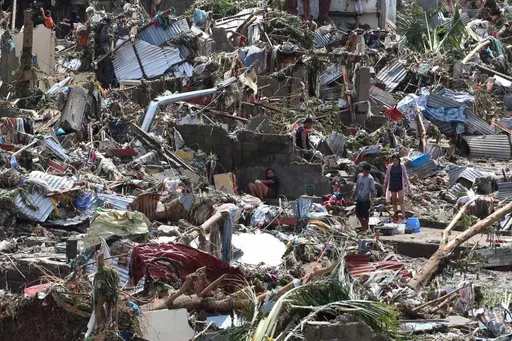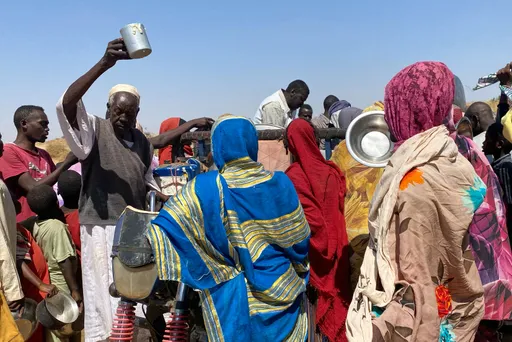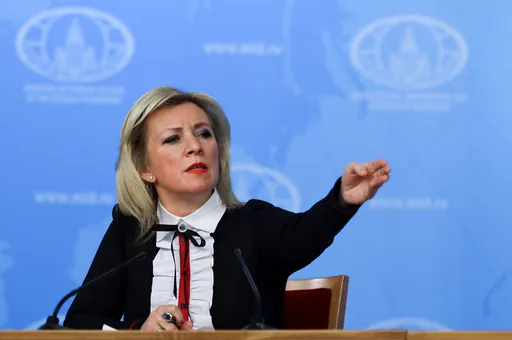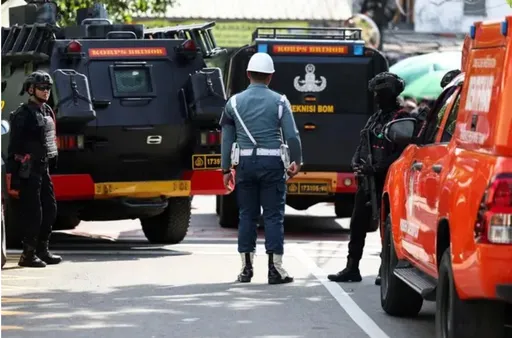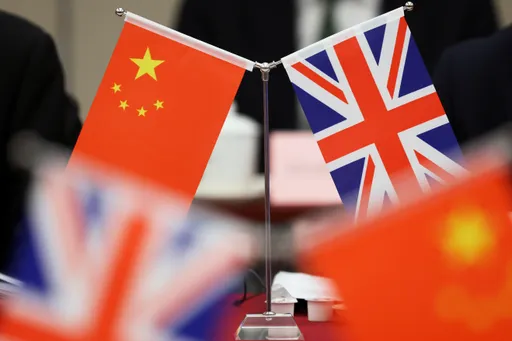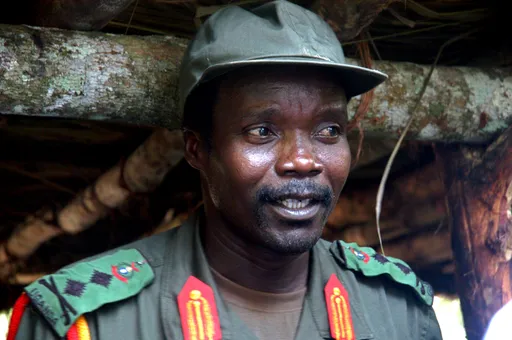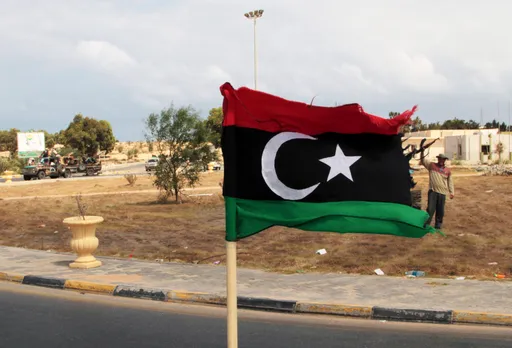As Paris concluded the 2024 Olympics last month, a few tasks remained for the hosts, with the fate of the gigantic Olympic rings being one of the most contentious.
A debate has arisen over the future of the iconic rings, which were carefully placed on the Eiffel Tower in June, and prominently displayed throughout the games.
Paris Mayor Anne Hidalgo has recently announced her plans to keep the rings on the Eiffel Tower. If not the original massive 30-ton structure, Hidalgo proposed replacing it with a lighter, more manageable replica.
However, this plan has faced strong opposition from Parisians. The Association of Descendants of Gustave Eiffel (AGDE) argues that the Eiffel Tower, a historic and cultural symbol of Paris, should not be used as a permanent advertising platform.
Some other great-great-grandsons of the tower's engineer Gustave Eiffel also expressed their disapproval, stating that while the temporary display of the rings during the Games was acceptable, their permanent presence would undermine the tower's role in promoting other events and causes.
Additionally, a Change.org petition has been launched opposing the plan, arguing that "our iconic monument must be restored to its original state."
The issue of what remains behind once the Olympic Games end has always been widely discussed, with the monumental colourful rings among the most visible traces left by the event.
Their fate can vary and is often not widely known.
Here are some examples:
The United Kingdom
As host countries compete to organise the most environmentally-friendly games with minimal waste and carbon footprint, the Olympic rings have sometimes been included in recycling efforts.
In 2012, when the UK hosted the games in London, the rings were displayed at several of the city's iconic locations, including Tower Bridge, St Pancras International station, the Olympic Park, and Heathrow Airport.
The rings at St Pancras were recycled, chopped up, and transformed into colourful benches that now serve various locations across the city.
The rings at Tower Bridge and Heathrow were reportedly recycled as well, while the set in the Olympic Park remains in place to this day.
Japan
Tokyo, the host of the 2020 Games, elevated the sustainability competition by recycling numerous items used during the event, including beds, mobile phones, and even torches.
The Olympic rings in Tokyo were crafted from wood using trees planted in Japan nearly 60 years ago, during the city's previous hosting of the Games before 2020.
The rings were made using the traditional Japanese woodworking technique known as Yosegi-zaiku.
The fate of the wooden rings after the Tokyo Games remains unclear, but it might follow a path similar to that of the 5,300-square-metre plaza used in Tokyo games, also constructed from timber donated by 63 Japanese municipalities.
After the Games, the plaza was dismantled, and the wood was returned to the donors for reuse in building local facilities.
A more surprising fate for the Olympic rings is not being reused in local buildings or other practical purposes, but instead ending up in a private property's garden.
Australia
This was almost the case for the rings used in the 2000 Sydney Olympics, which found a new home decades after their original purpose had been fulfilled.

The Olympic rings are lit up during a fireworks display on the Sydney Harbour Bridge as part of the closing ceremony for the Sydney 2000 Olympic Games October 1, 2000 (Reuters).
The rings that were displayed on Sydney's iconic Harbour Bridge during the 2000 games were sold on eBay, after over 15 years.
In 2015, the massive steel rings were listed on the online shopping platform with a starting price of AUD10,000 ($6,700).
Bernard Maas acquired the rings when he bought a shed in Goulburn, New South Wales, where they had been stored since the Sydney Games.
Later, Maas decided to auction them on eBay, where the rings received 17 bids, ultimately selling for AUD21,100 ($14,200).
The new owner was unsure of what to do with the rings, Maas said after the auction.
The financial burden of hosting the Olympics remains a significant challenge for countries, as the hosting cost has soared over the years.
Brazil
The Rio 2016 Olympics cost approximately $20 billion and the Sochi 2014 Olympics exceeded $51 billion. The expenses encompass the construction of new sports venues, upgrades to infrastructure, and the provision of security and event coordination.
Revenue often falls short of covering these costs, leaving host cities with substantial debt that can take decades to repay. For example, Montreal took 30 years to pay the debt from the 1976 Summer Olympics.
The iconic colourful rings, typically around 70-75 metres wide, 30-35 metres high, and weighing about 30 tonnes, are among the biggest headaches for hosts after the Games end, if not the most expensive.












